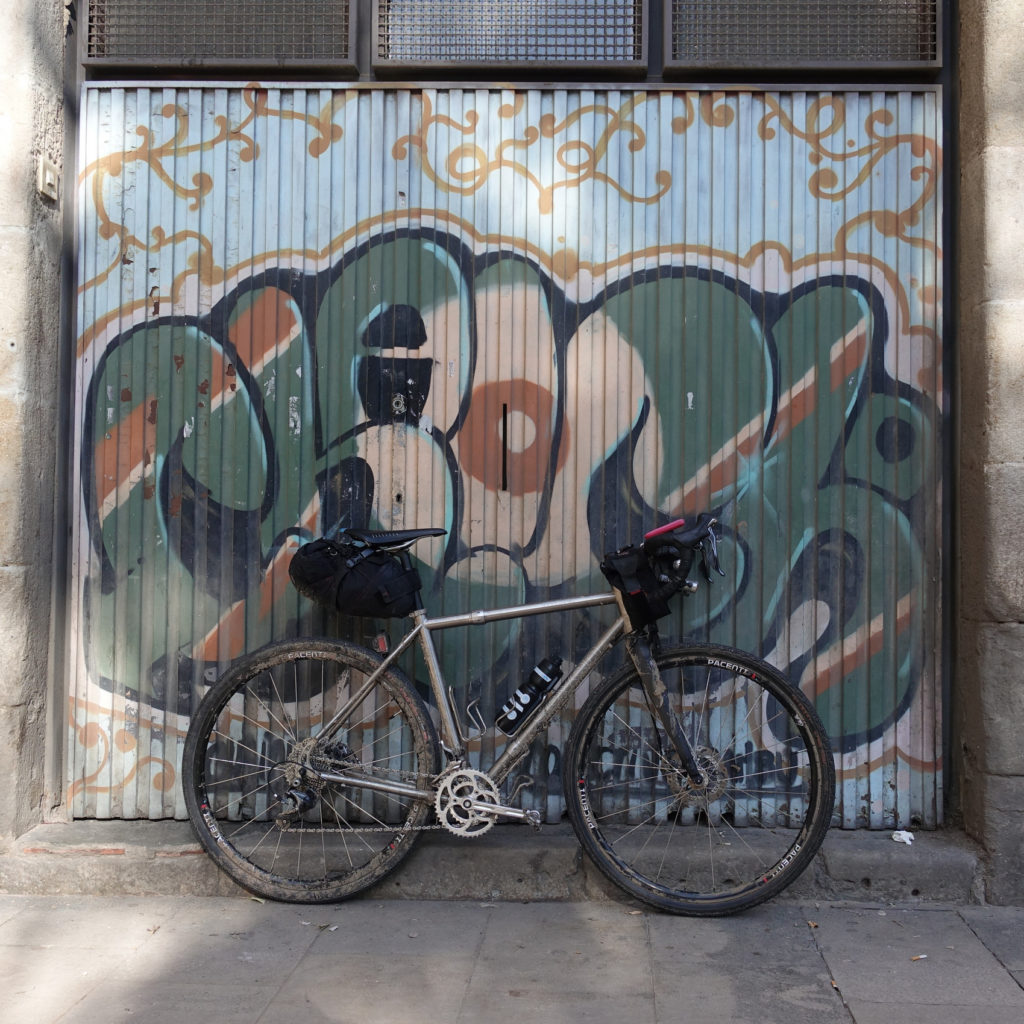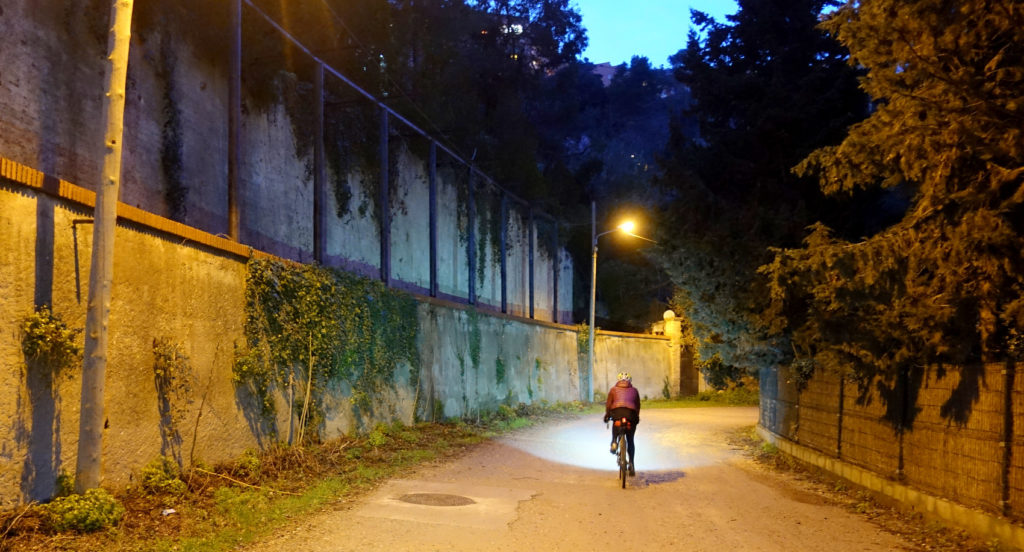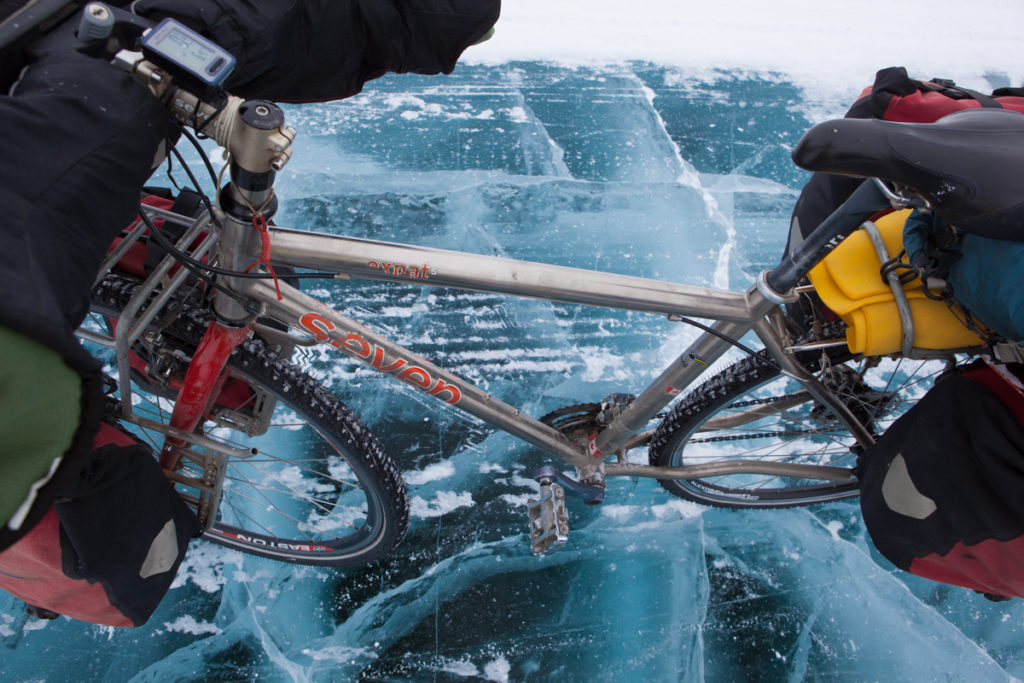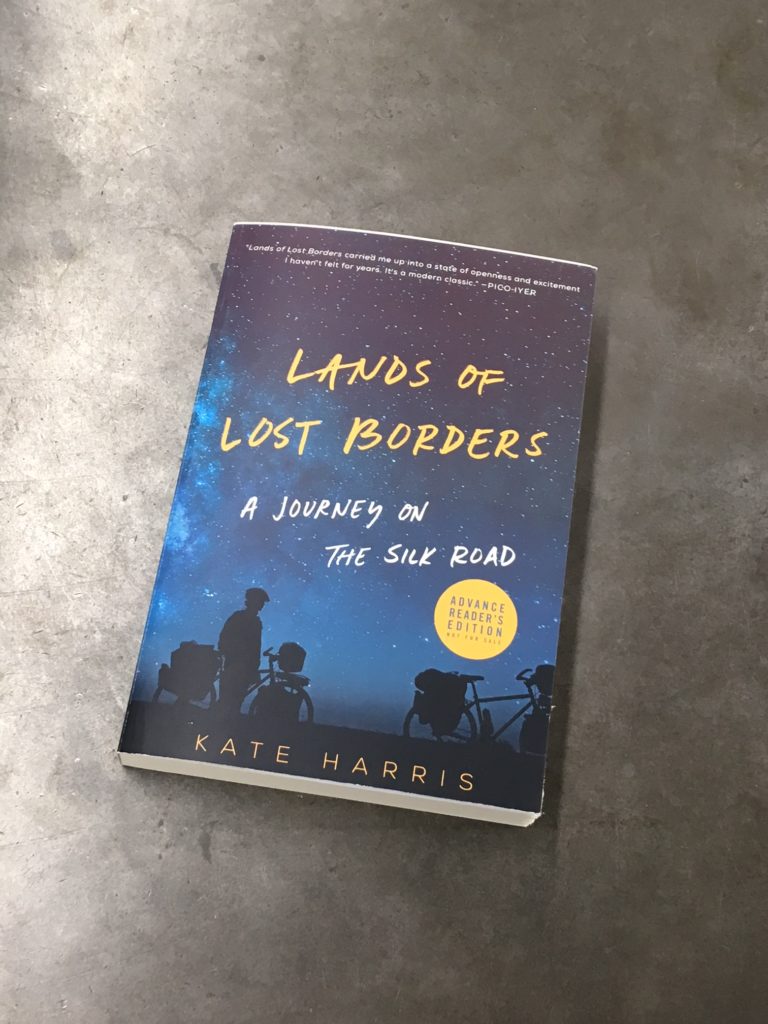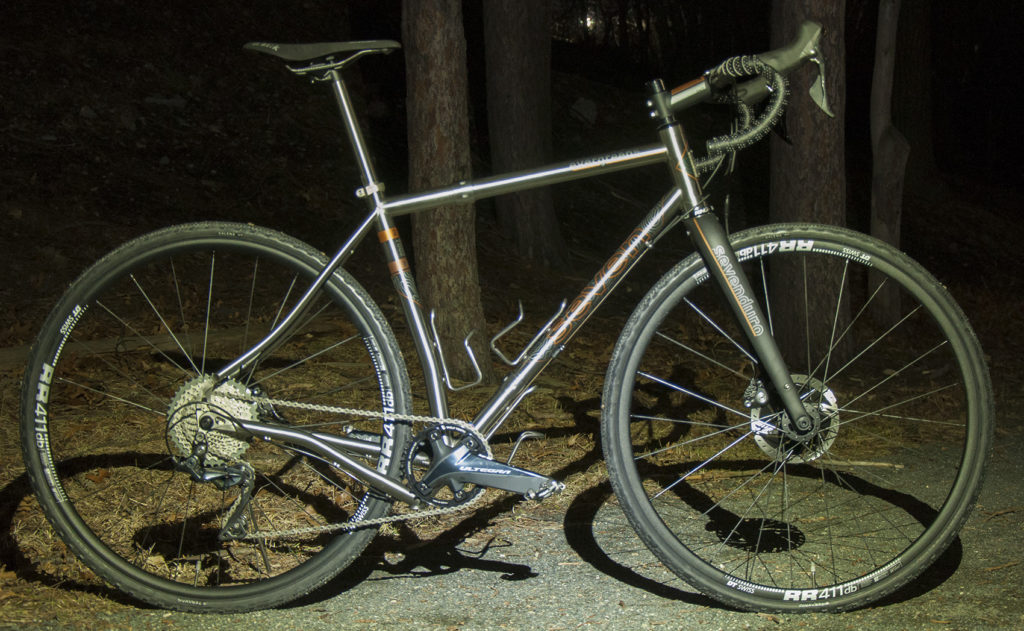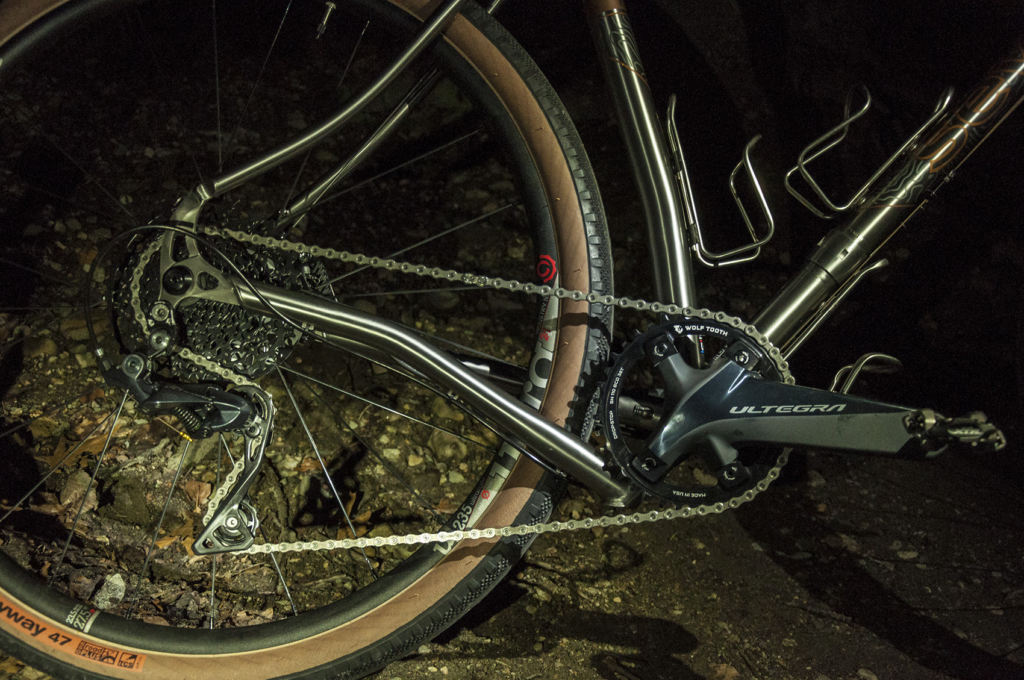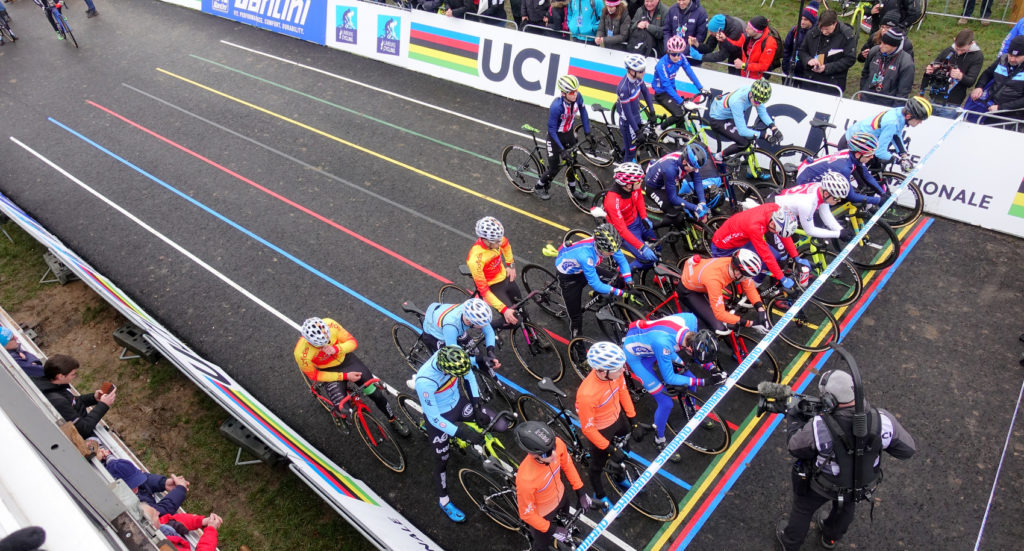
On Saturdays and Sundays, through the winter, we watch the cyclocross racing from Europe. Flemish language commentary bounces off the shop walls as we go about our weekend rituals, cleaning and tuning bikes, and so, when we spied a (mostly) free week that lined up with the World Championships in Valkenburg, Netherlands, we packed our travel bikes and headed to the airport.
We flew into Belgium, the spiritual home of cyclocross, and drove east to Valkenburg.
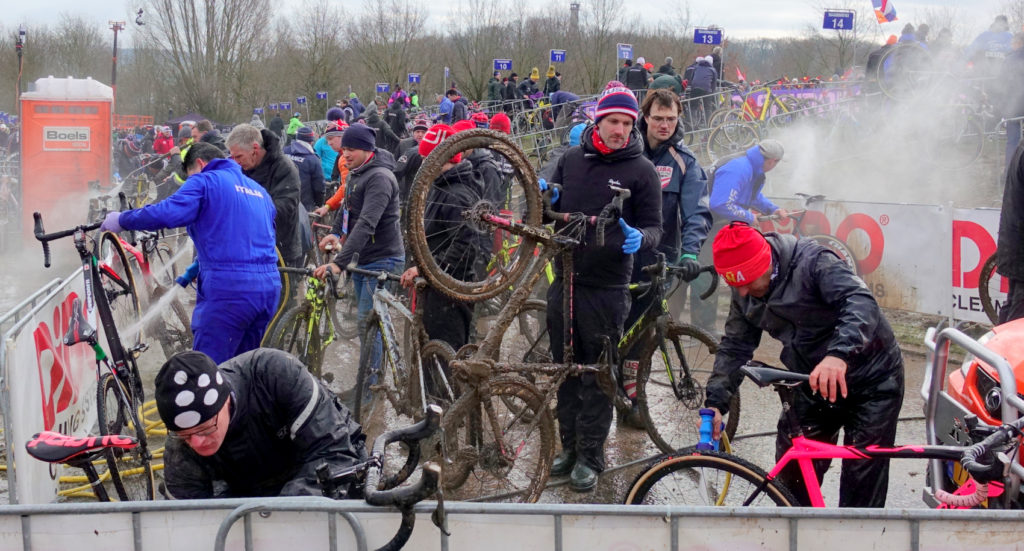
Our original idea was to ride our bikes to the race, but there was so much mud it proved impossible. For two days we mixed with the oddly quiet crowd as the racers whipped by in their colors. A streaker sprinted down the course just before the men’s elite event, slipping, covering himself in mud, and bringing loud guffaws and cheers from the spectators. This wasn’t the R&D we had in mind, but we laughed along.
It snowed. It rained. It sleeted. But we didn’t mind.
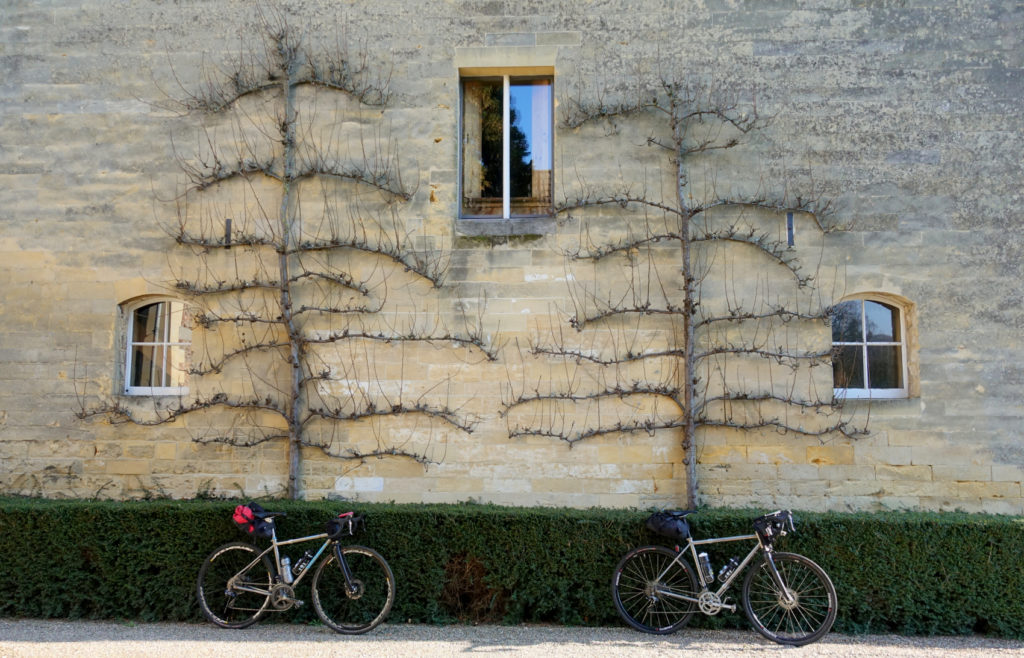
On the Monday we rode the flat farmland outside the city, rolling through the open spaces on mostly car-free roads.
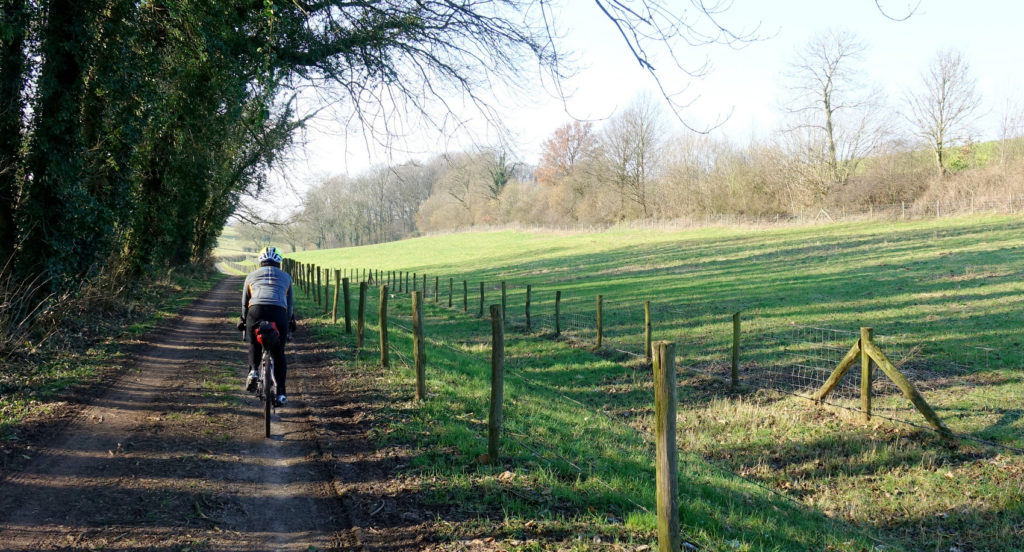
The next day we drove down through France, pausing for a quick ride in Lyon, before finding our hotel in Barcelona. There we did three rides, one an urban adventure, trying to find our way in the hectic, fever-pitch traffic of the city. We found the cycling infrastructure really impressive, but we struggled to keep up with Barcelona’s fast city riders. Still we fed off the energy and everyone we met was friendly and helpful.

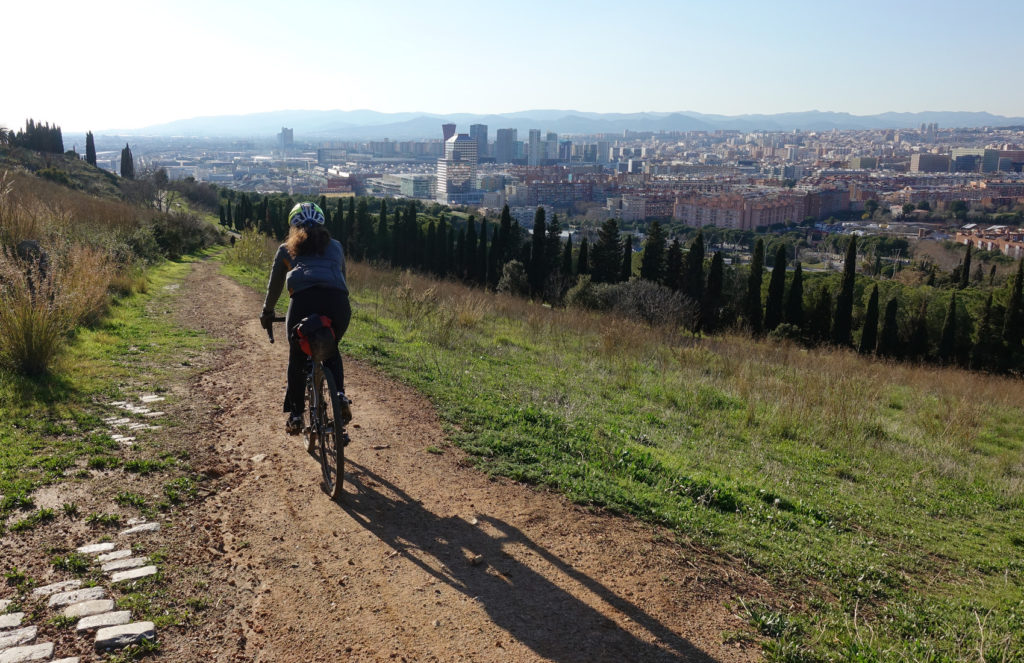
The next day we put our tires on some dirt, riding portions of the Olympic mountain bike course, near the velodrome. The single-track was beautiful, swoopy, and fun on our Evergreens.

Later, we took a night ride up into the hills above the city, where we found wide mixed-use paths with stunning views. Beyond that we could see miles and miles of more technical dirt calling to us, but we were out of time. We’ll have to wait for another week, mostly free, to get away.
